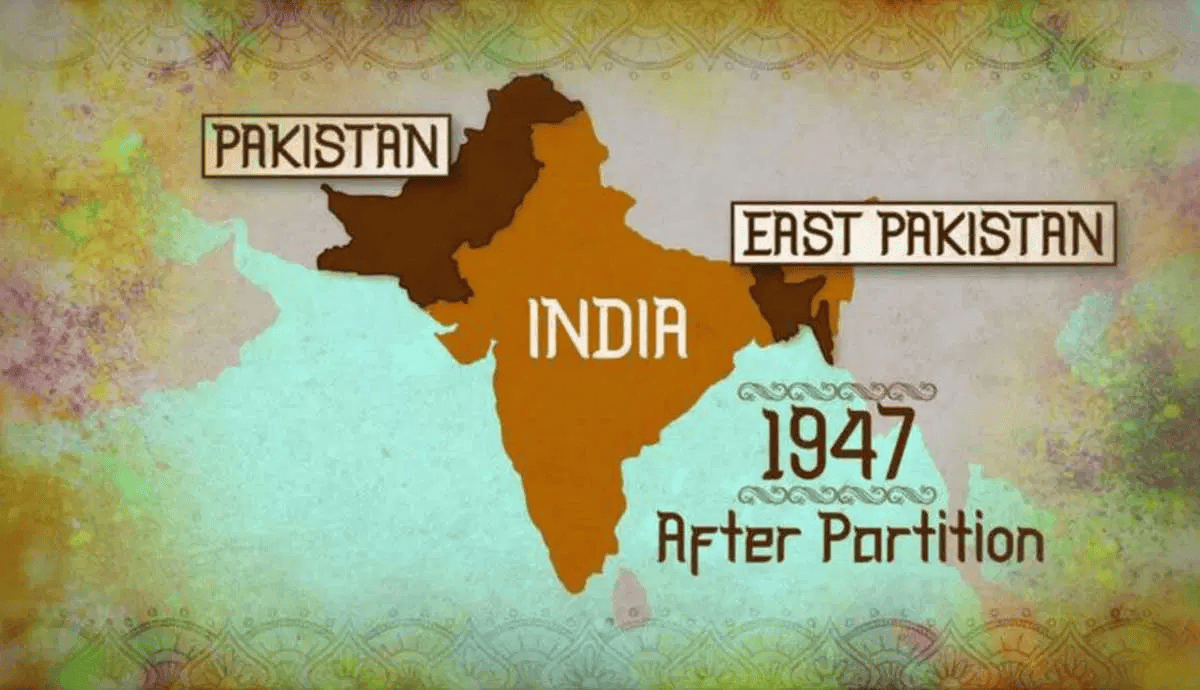Introduction
The Partition of British India in 1947 stands as one of the most significant and traumatic episodes in modern history. While official narratives often focus on political negotiations and boundary commissions, the real story of Partition lies in the human experiences—stories of displacement, violence, loss, and resilience. This blog seeks to shed light on the human dimension of Partition, exploring how ordinary lives were disrupted, communities torn apart, and identities transformed in the wake of an abrupt political divide.
Background to Partition
British India had long been a pluralistic society, comprising Hindus, Muslims, Sikhs, Christians, and numerous ethnic and linguistic groups. However, colonial policies of divide-and-rule, growing communal tensions, and rising nationalism set the stage for political fragmentation.
The All-India Muslim League, under Muhammad Ali Jinnah, demanded a separate homeland for Muslims—Pakistan—while the Indian National Congress, led by leaders like Jawaharlal Nehru and Mahatma Gandhi, advocated for a united India. Mounting unrest, coupled with British eagerness to exit India post-World War II, led to the hurried and ill-planned decision to partition the subcontinent along religious lines.
The Human Toll
Partition led to the largest mass migration in recorded history. An estimated **10 to 15 million people** were uprooted from their homes, crossing newly drawn borders between India and Pakistan (which included present-day Bangladesh).
The human cost was staggering:
– **More than one million deaths** from communal violence
– Widespread **gender-based violence**, including abductions and forced conversions
– **Orphaned children**, destroyed families, and lost livelihoods
Entire villages were burned, trains arrived full of corpses, and cities like Lahore, Amritsar, and Delhi were transformed overnight into theaters of chaos and grief.
Individual Testimonies and Oral Histories
To grasp the full emotional and psychological impact of Partition, historians have turned to oral histories and personal testimonies:
– **Urvashi Butalia’s *The Other Side of Silence*** collects stories of women abducted and later rejected by their families upon return.
– The **1947 Partition Archive** contains over 10,000 oral accounts from survivors who recall walking for days, hiding in wells, or watching neighbors turn violent.
– **Khushwant Singh’s novel *Train to Pakistan***, though fictional, vividly depicts the atmosphere of suspicion, betrayal, and heartbreak.
These accounts emphasize that Partition was not just a political event—it was a deeply personal rupture.
Religious and Cultural Displacement
Partition fractured not only families but also cultural traditions. Places of worship, shared festivals, and mixed neighborhoods were suddenly caught on the ‘wrong’ side of the border.
– **Sikhs in West Punjab** had to abandon centuries-old shrines.
– **Muslims in Delhi** faced suspicion and forced relocation.
– **Hindus in Lahore** lost ancestral homes overnight.
The psychological trauma of dislocation continues to reverberate in subsequent generations, with lingering feelings of loss, nostalgia, and identity confusion.
Women and Partition
Women bore a disproportionate burden during Partition:
– An estimated **75,000 to 100,000 women** were abducted, raped, or trafficked.
– Many were forcibly converted and married into rival communities.
– Efforts to ‘recover’ women post-Partition were fraught with complexities—some chose to stay with their new families, while others faced rejection upon return.
These stories challenge patriarchal narratives and expose how women’s bodies became battlegrounds in communal conflicts.
Legacy and Memory
Partition’s legacy continues to shape India-Pakistan relations, internal politics, and diaspora identity:
– Border tensions and wars have reinforced divisions.
– Families remain separated by visas and politics.
– The memory of Partition is kept alive in literature, cinema, and academic research.
Initiatives like the Partition Museum in Amritsar and reconciliation efforts by civil society groups aim to preserve memory and promote healing.
Conclusion
The Partition of India was more than a geopolitical event—it was a human catastrophe of immense proportions. By centering personal stories and lived experiences, we gain a fuller understanding of its impact. Remembering these narratives is essential not only for honoring the past but also for building a more empathetic and inclusive future.
References
– Butalia, U. (2000). *The Other Side of Silence: Voices from the Partition of India*. Duke University Press.
– Khan, Y. (2007). *The Great Partition: The Making of India and Pakistan*. Yale University Press.
– Talbot, I., & Singh, G. (2009). *The Partition of India*. Cambridge University Press.
– 1947 Partition Archive. https://www.1947partitionarchive.org/

